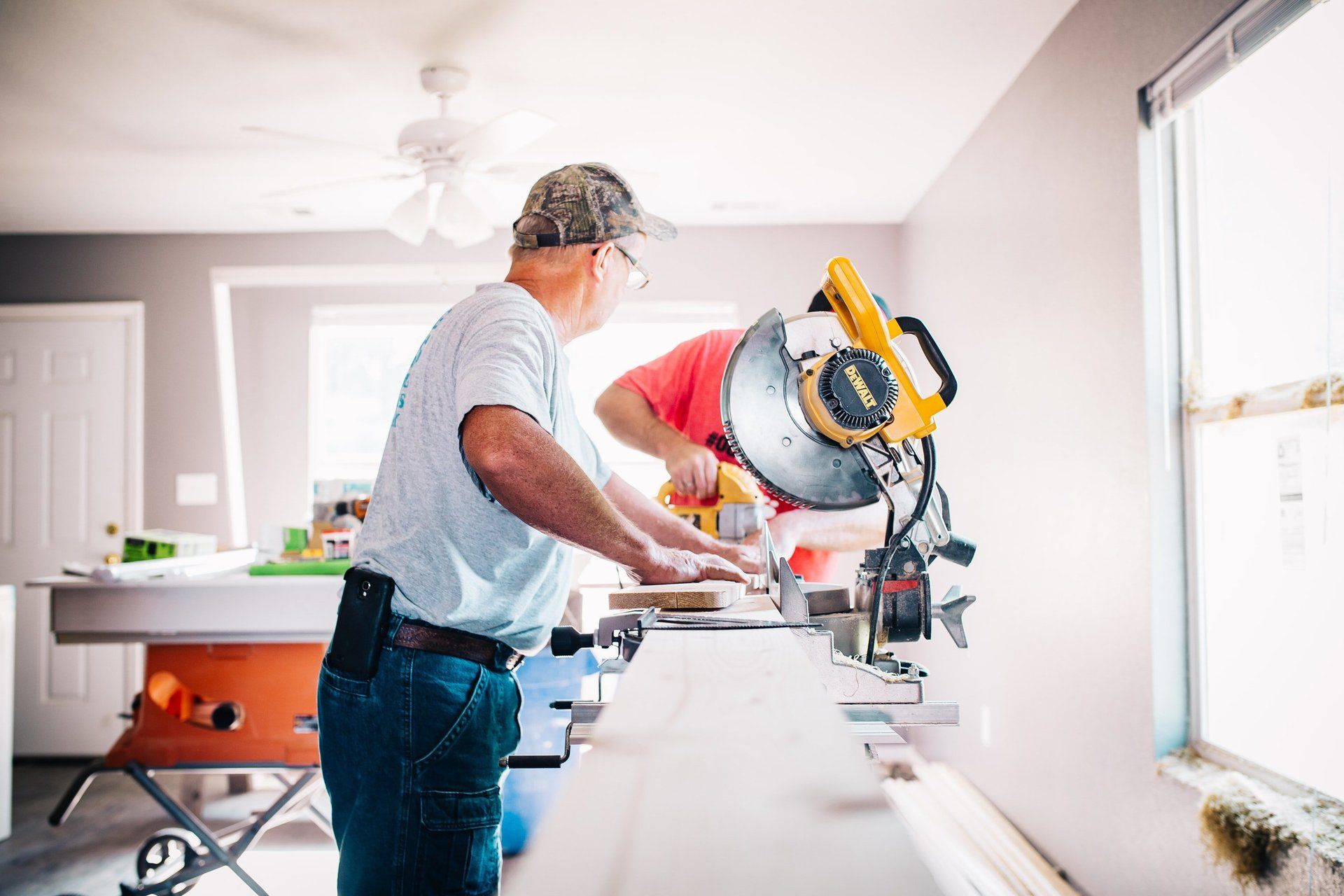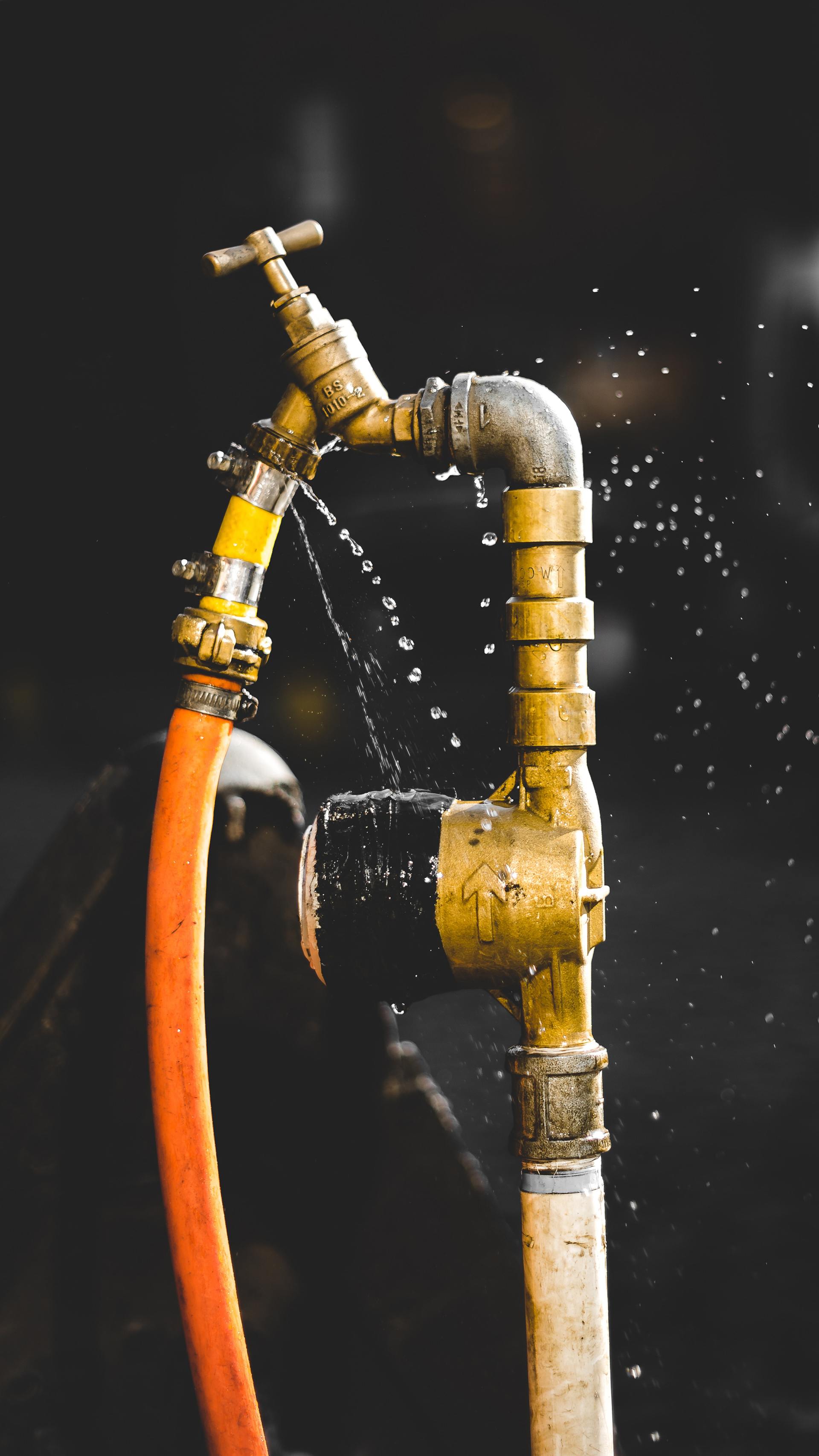Plumbing Inspection
Plumbing Inspection
When you interview inspectors, will they perform the following simple tests to perform a more thorough plumbing inspection? Test shower pan for water leakage by inserting a plug into the drainpipe. Use a water hose to inspect the laundry water supply and drainpipe when home is unoccupied. Remove access covers intended for inspection purpose located behind a bathtub to inspect for drainpipe water leakage. Open the temperature and pressure relief valve (t&p) on the water heater. If the inspector you interview does not perform these simple tasks, move on to another inspector.
Older Houston homes built from the 1950’s- early 1980’s may have galvanized steel water supply pipe. If so, you want an experienced, thorough home inspector who will take their time to inspect the water supply piping system in detail. Why, because you should be made aware that galvanized steel water supply pipe does corrode; causing damage, poor water pressure, water leakage and eventual pipe replacement. In a modest 3 bedroom, 2 bathroom home, pipe replacement could cost about $15,000.00. This is something you want to know before expiration of an option period during the property purchase process. An inspector that is inexperienced or in a rush may not know what to look for with galvanized steel water pipe.
Of coarse, the overall plumbing inspection includes fixture operation, observation for water leakage, proper fixture orientation, installation of water shut off valves, water pressure test, vent pipe termination, water heating equipment and more.
§535.231 Standards of Practice: Minimum Inspection Requirements for Plumbing Systems
Plumbing Systems
The inspector shall:
- report:
- location of water meter;
- location of homeowners main water supply shutoff valve; and
- static water pressure;
- report as Deficient:
- the presence of active leaks;
- the lack of a pressure reducing valve when the water pressure exceeds 80 PSI;
- the lack of an expansion tank at the water heater(s) when a pressure reducing valve is in place at the water supply line/system;
- the absence of:
- fixture shut-off valves;
- dielectric unions, when applicable;
- back-flow devices, anti-siphon devices, or air gaps at the flow end of fixtures; and
- deficiencies in:
- water supply pipes and waste pipes;
- the installation and termination of the vent system;
- the performance of fixtures and faucets not connected to an appliance;
- water supply, as determined by viewing functional flow in two fixtures operated simultaneously;
- fixture drain performance;
- orientation of hot and cold faucets;
- installed mechanical drain stops;
- commodes, fixtures, showers, tubs, and enclosures; and
- the condition of the gas distribution system.
- operate any main, branch, or shut-off valves;
- operate or inspect sump pumps or waste ejector pumps;
- verify the performance of:
- the bathtub overflow;
- clothes washing machine drains or hose bibbs; or
- floor drains;
- inspect:
- any system that has been winterized, shut down or otherwise secured;
- circulating pumps, free-standing appliances, solar water heating systems, water-conditioning equipment, filter systems, water mains, private water supply systems, water wells, pressure tanks, sprinkler systems, swimming pools, or fire sprinkler systems;
- inaccessible gas supply system components for leaks;
- for sewer clean-outs; or
- for the presence or performance of private sewage disposal systems; or
- determine:
- quality, potability, or volume of the water supply; or
- effectiveness of backflow or anti-siphon devices.
Water Heaters
General Requirements
- The inspector shall:
- report:
- the energy source;
- the capacity of the units;
- report as Deficient:
- inoperative units;
- leaking or corroded fittings or tanks;
- damaged or missing components;
- the absence of a cold water shut-off valve;
- if applicable, the absence of a pan or a pan drain system that does not terminate over a waste receptor or to the exterior of the building above the ground surface;
- inappropriate locations;
- the lack of protection from physical damage;
- burners, burner ignition devices or heating elements, switches, or thermostats that are not a minimum of 18 inches above the lowest garage floor elevation, unless the unit is listed for garage floor installation;
- the absence of an opening that would allow access to equipment for inspection, service, repair or replacement without removing permanent construction or building finish;
- when applicable; a floored passageway and service platform that would allow access for equipment inspection, service, repair or replacement;
- the absence of or deficiencies in the temperature and pressure relief valve and discharge piping;
- a temperature and pressure relief valve that failed to operate, when tested manually;
- The inspector is not required to:
- verify the effectiveness of the temperature and pressure relief valve, discharge piping, or pan drain pipes;
- operate the temperature and pressure relief valve if the operation of the valve may, in the inspector's reasonable judgment, cause damage to persons or property; or
- determine the efficiency or adequacy of the unit.
Requirements for electric units.
- The inspector shall report as Deficient deficiencies in:
- performance of heating elements; and
- condition of conductors; and
Requirements for gas units.
- The inspector shall report as Deficient:
- gas leaks;
- flame impingement, uplifting flame, improper flame color, or excessive scale build-up;
- the absence of a gas shut-off valve within six feet of the appliance;
- the absence of a gas appliance connector or one that exceeds six feet in length;
- gas appliance connectors that are concealed within or extended through walls, floors, partitions, ceilings or appliance housings;
- deficiencies in:
- combustion and dilution air;
- gas shut-off valves;
- access to a gas shutoff valves that prohibit full operation;
- gas appliance connector materials; and
- vent pipe, draft hood, draft, proximity to combustibles, and vent termination point and clearances.
Hydro-massage therapy equipment
The inspector shall report as Deficient:
- inoperative units;
- the presence of active leaks;
- deficiencies in components and performance;
- missing and damaged components;
- the absence of an opening that would allow access to equipment for inspection, service, repair or replacement without removing permanent construction or building finish; and
- the absence or failure of operation of ground-fault circuit interrupter protection devices; and
The inspector is not required to determine the adequacy of self-draining features of circulation systems.

